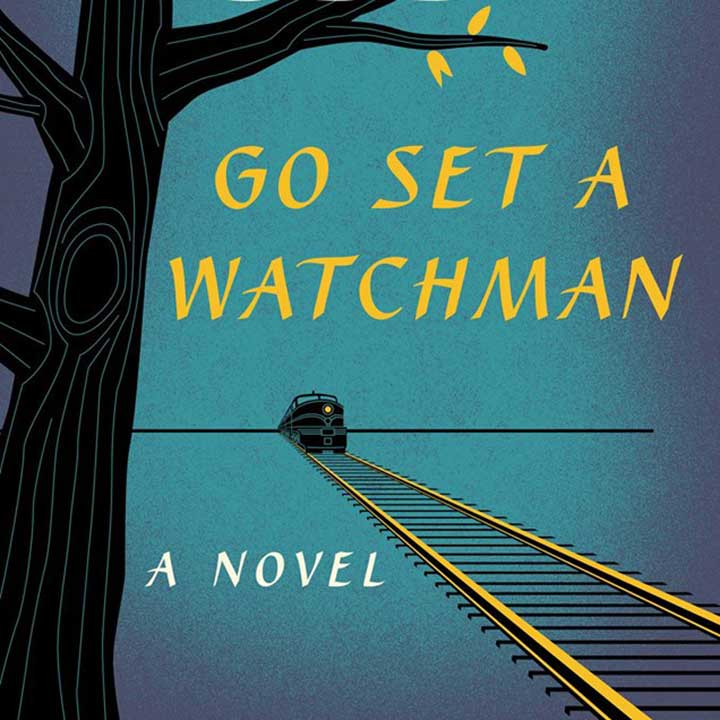


Not only are trains the symbol of changing times, they are also a reflective, metaphoric symbol of the set paths that people take through life. Trains had changed since her childhood, and the novelty of the experience amused her” (4).

On the way down to Maycomb, Jean Louise rides on a train and comments that “she was glad she had decided to go by train. They are tied to her childhood memories, as well as her family’s ancestry (the old Finch House has just been sold, but Jean Louise hasn’t yet felt that impact.) The concept of the Leap Year – extending a regular year by a day – is reflective of Jean Louise’s desire to keep the Maycomb of her childhood the same, if just for one day. The Leap Year Steps are another symbol of the timelessness of Maycomb and Maycomb’s effects on Jean Louise’s youth. These steps, on the cliff bluff that leads from the old Finch House, lead to a jetty with easy access to the river water. The Leap Year Steps have a significant name, which comes from the result that there are 366 steps in it. The whole trip to and from the river concerns Jean Louise’s painful memories and perceptions of new and old Maycomb, and the river’s escape is one way for her to accept that time will always keep flowing. When Hank and Jean Louise go swimming, they attempt to recreate the carefree spirit of their days as children, and time becomes suspended. However, with regards to age, the river is actually a symbol of the moving passage of time. Aunt Alexandra specifically mentions their age, and how adults should not act so immaturely. When Jean Louise and Henry go swimming in the river (79), it is seen as a disgraceful act.


 0 kommentar(er)
0 kommentar(er)
